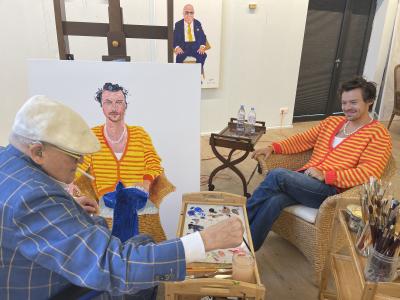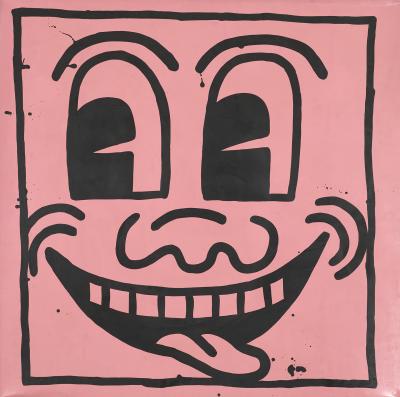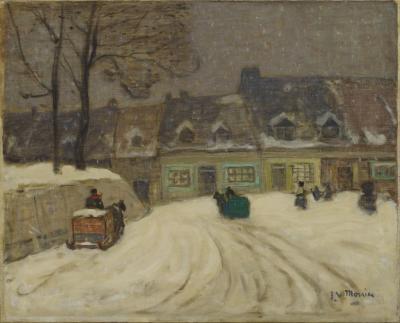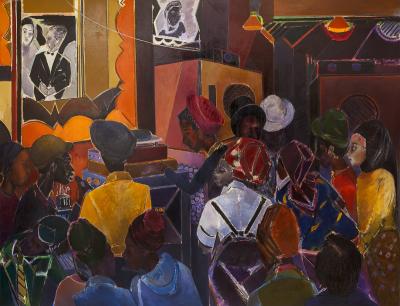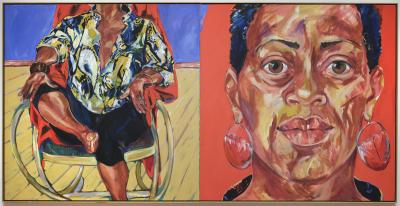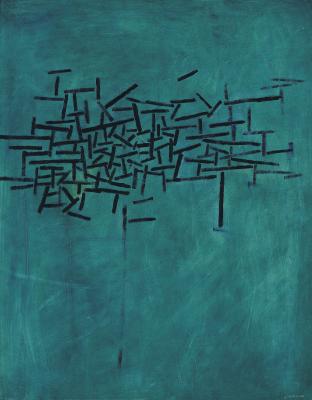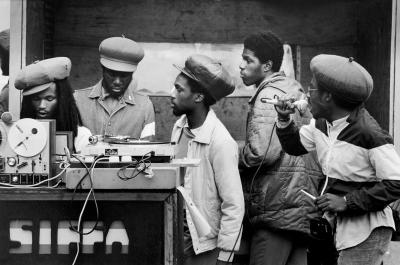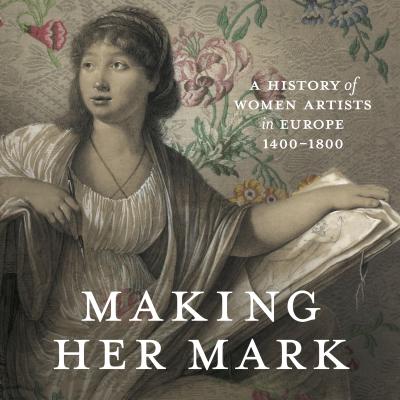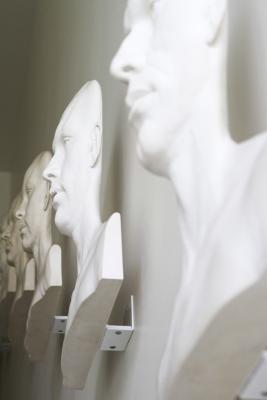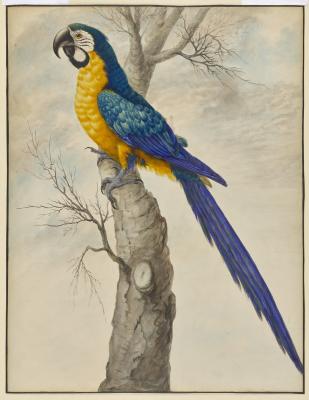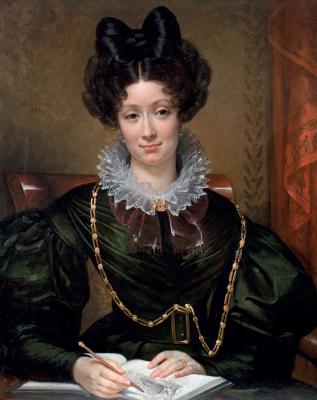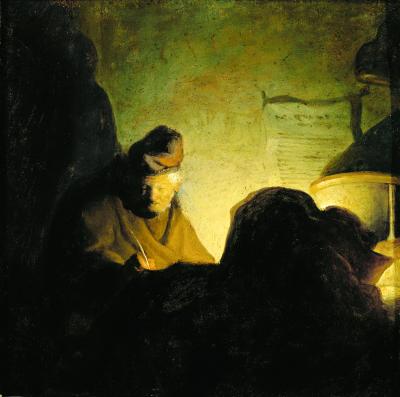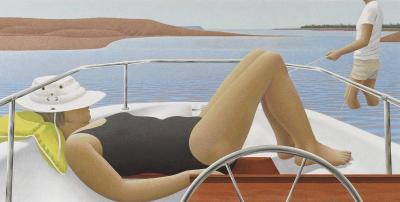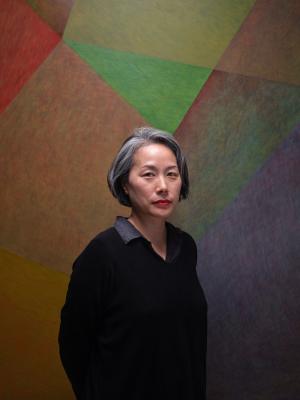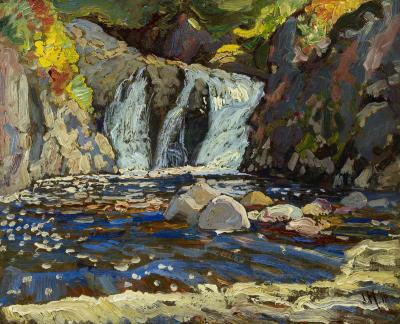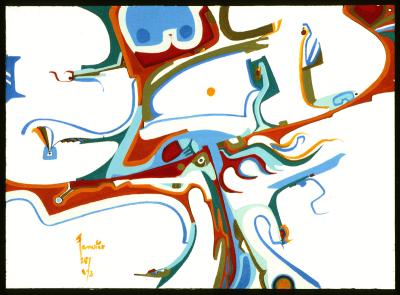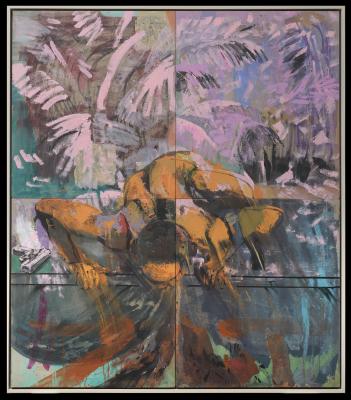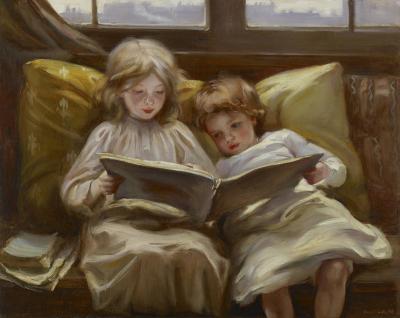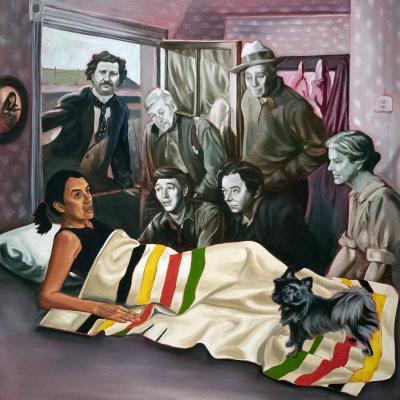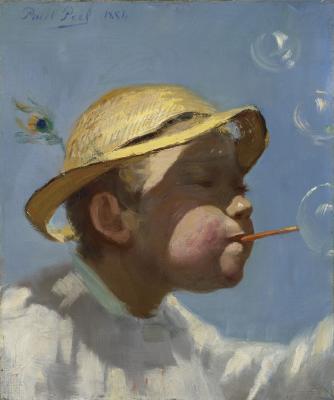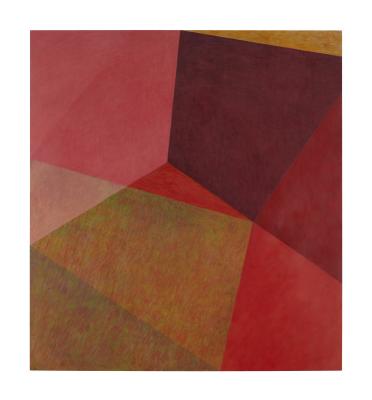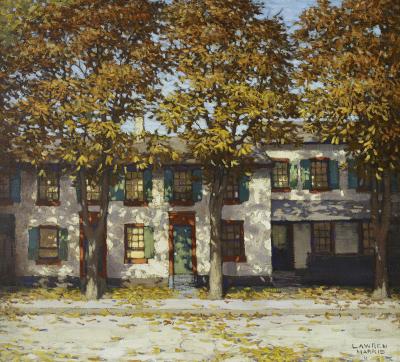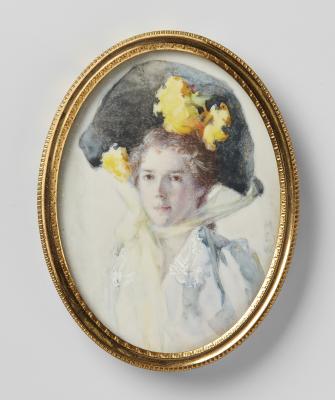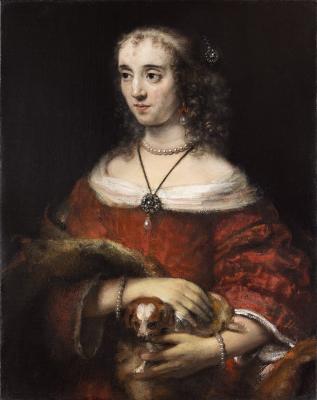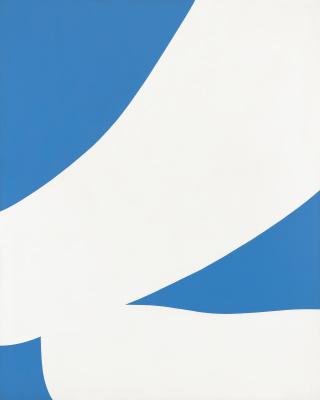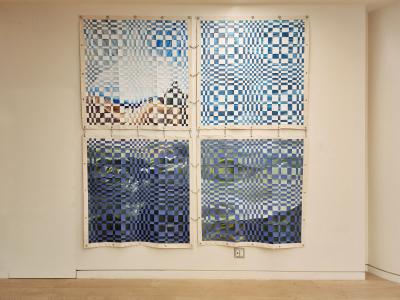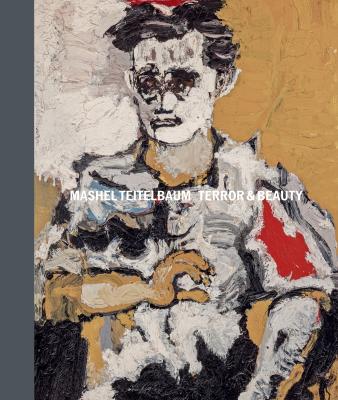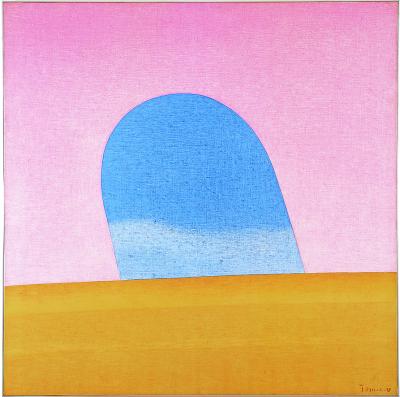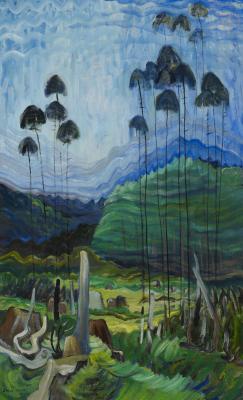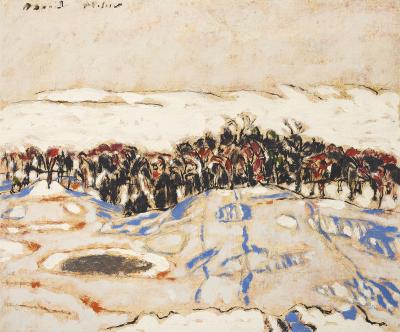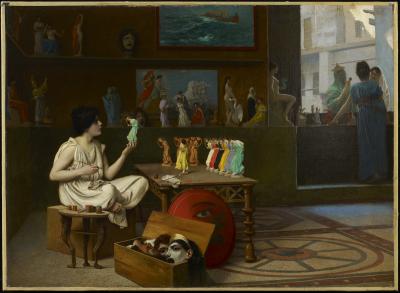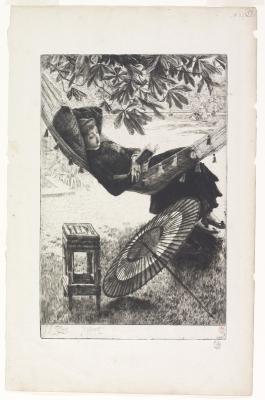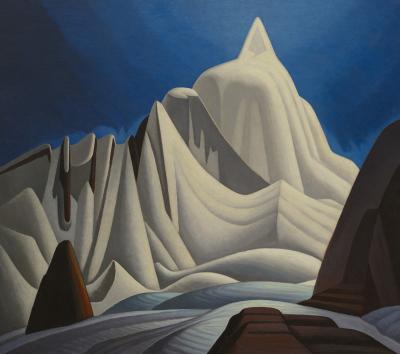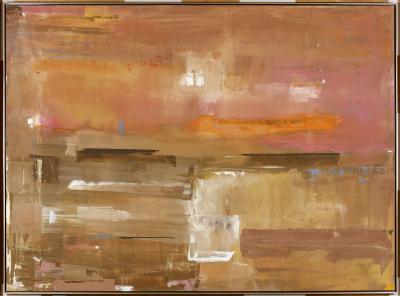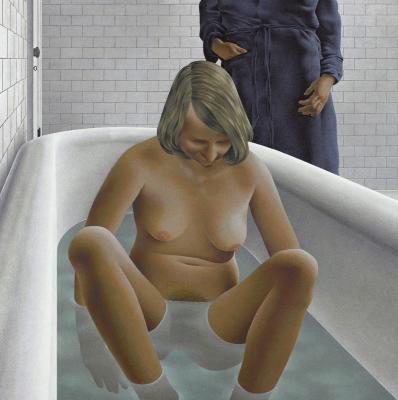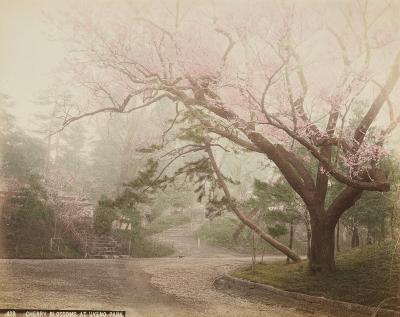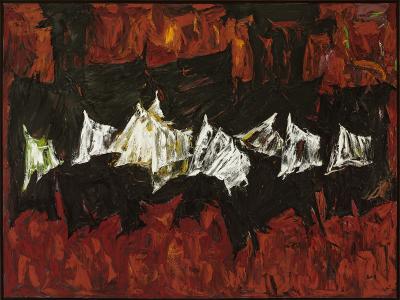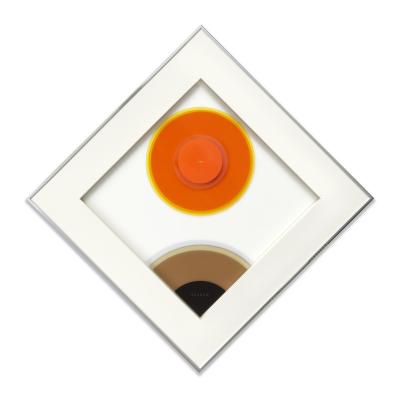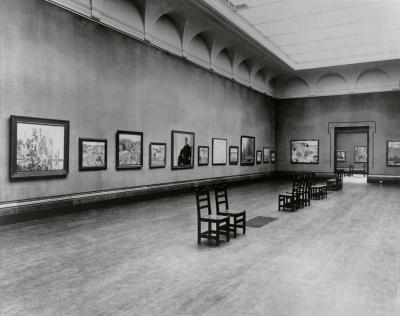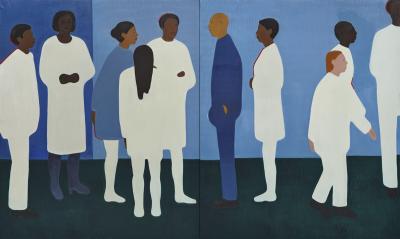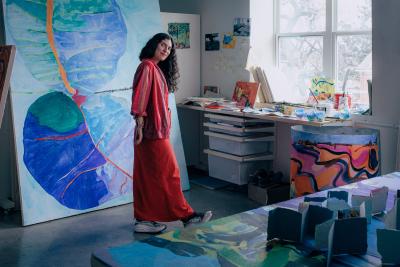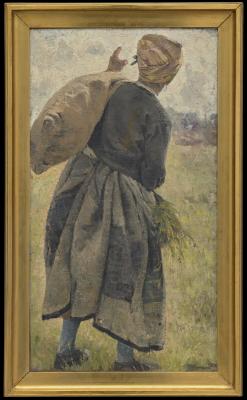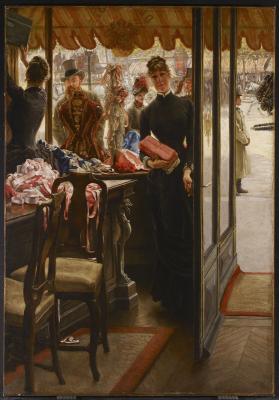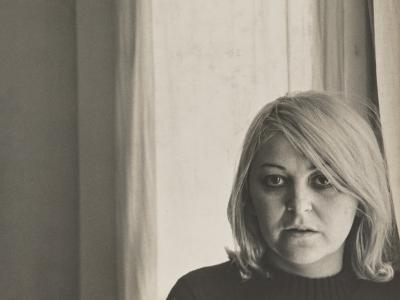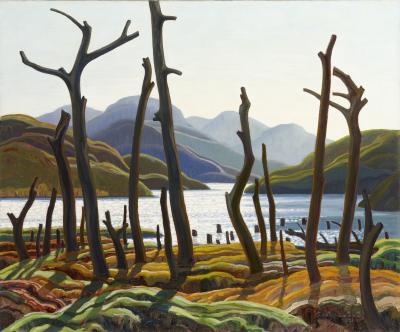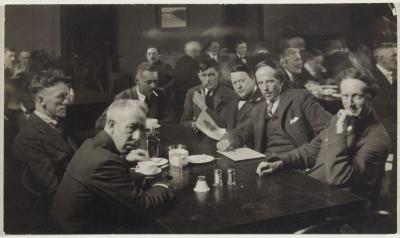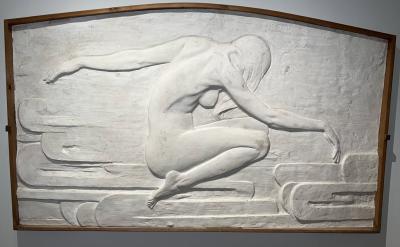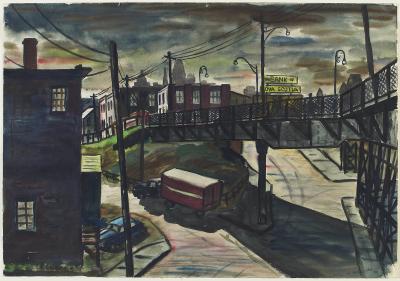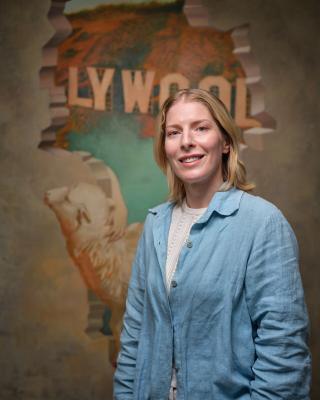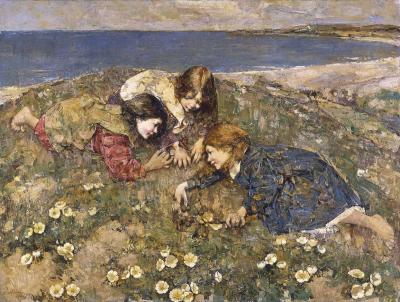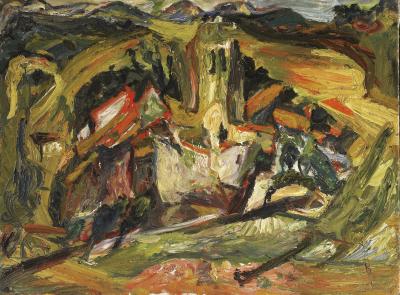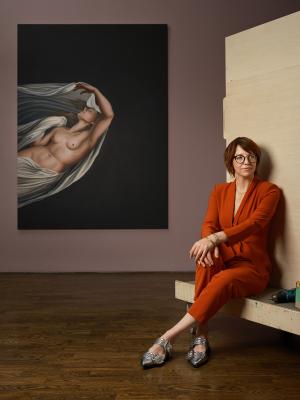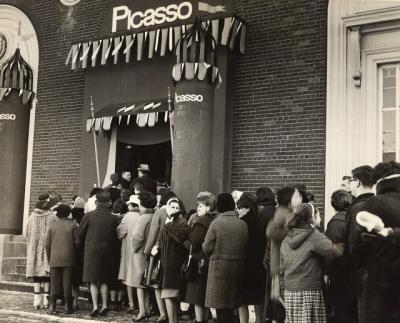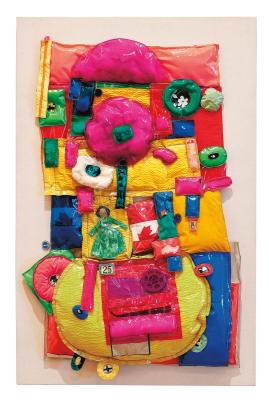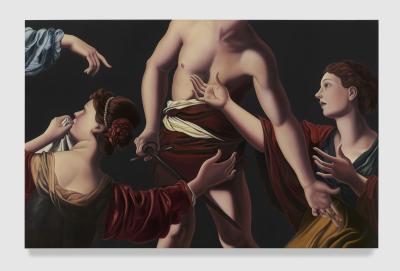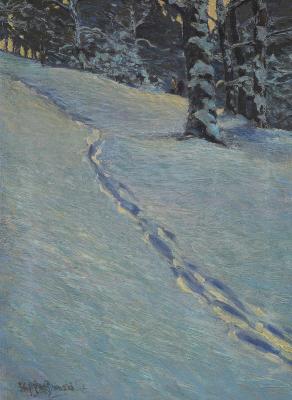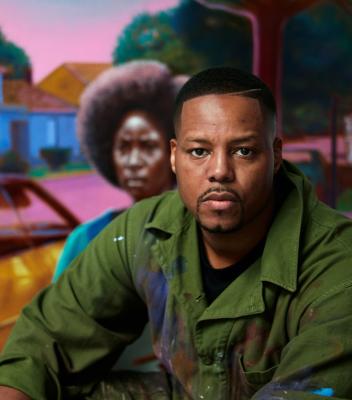Jesse Mockrin on the Echo of Images
Mockrin illuminates gender-based violence at the core of Baroque works in the AGO’s Collection
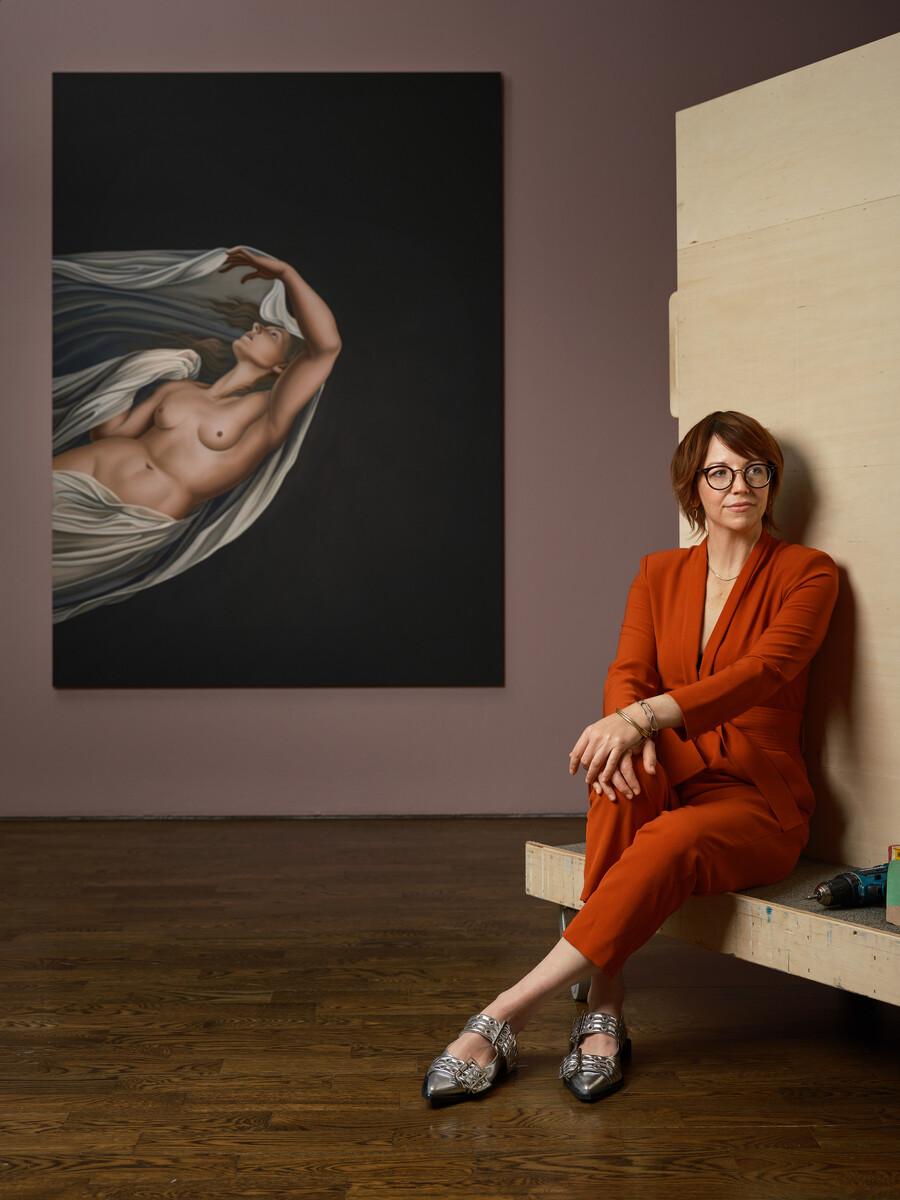
Jesse Mockrin, 2025. Photo: Craig Boyko © AGO
Jesse Mockrin’s work is both familiar and novel at the same time.
At first glance, her luminous oil paintings aren’t necessarily out of place in the company of paintings from the AGO’s European Collection – flowing fabric, smooth flesh, and dramatic tableaus. The subject matter of her work may also be recognizable, referencing narratives depicted in the art of 16th and 17th-century European Old Masters.
And yet, beyond this initial familiarity is a distinctly contemporary work. While Mockrin references and extracts details from the works of European Old Masters, she reframes the biblical, historical, and mythological stories through a contemporary radical feminist lens. At this intersection of the familiar and novel, the historical and contemporary, Mockrin draws a throughline on how gender and patriarchy continue to shape our society, from the 16th to the 21st century.
Now on view at the AGO, Jesse Mockrin: Echo marks the artist’s first solo exhibition in a museum. In this exhibition, Mockrin broadly examines gender-based violence in the Baroque period by depicting mythological and biblical narratives. For Echo, Mockrin has created 17 new large-scale paintings and eight works on paper inspired by works in the AGO Collection. An additional milestone for the artist, this exhibition marks the first time Mockrin’s work will be shown in conversation with the very works that inspired them. Outside of the main exhibition in the Phillip B. Lind Galleries (galleries 131 and 132), Mockrin’s work Fracture (2024) is also on view alongside its referent Judgement of Solomon (c. 1625) by Nicolas Tournier in the E.R. Wood Gallery (121).
Before appropriation, first came learning from the Old Masters. While she focused on photography for her undergraduate degree, Mockrin transitioned to oil painting during her graduate studies, quickly becoming obsessed with the medium and its history.
“I didn’t have a very technical art education, so I started trying to learn more by looking at a lot of Old Master works,” Mockrin explained. “The more I looked at historical works, the more interested I got in their stories and narratives. I've always been interested in the cultural expression of gender, so in graduate school, I started to focus on how it has changed historically over time, and how you can see it in works of art from the past.”
Referencing her own photography for paintings throughout grad school, Mockrin decided to appropriate from a John Singer Sargent painting post-grad at the suggestion of her advisor, visual artist Amy Adler. This led Mockrin to create Abracadabra (2021/2013).
“It felt like a kind of revelation or a path forward that the work [I created] referenced this historical work and its original context, but also felt like a new contemporary piece,” Mockrin remembered.
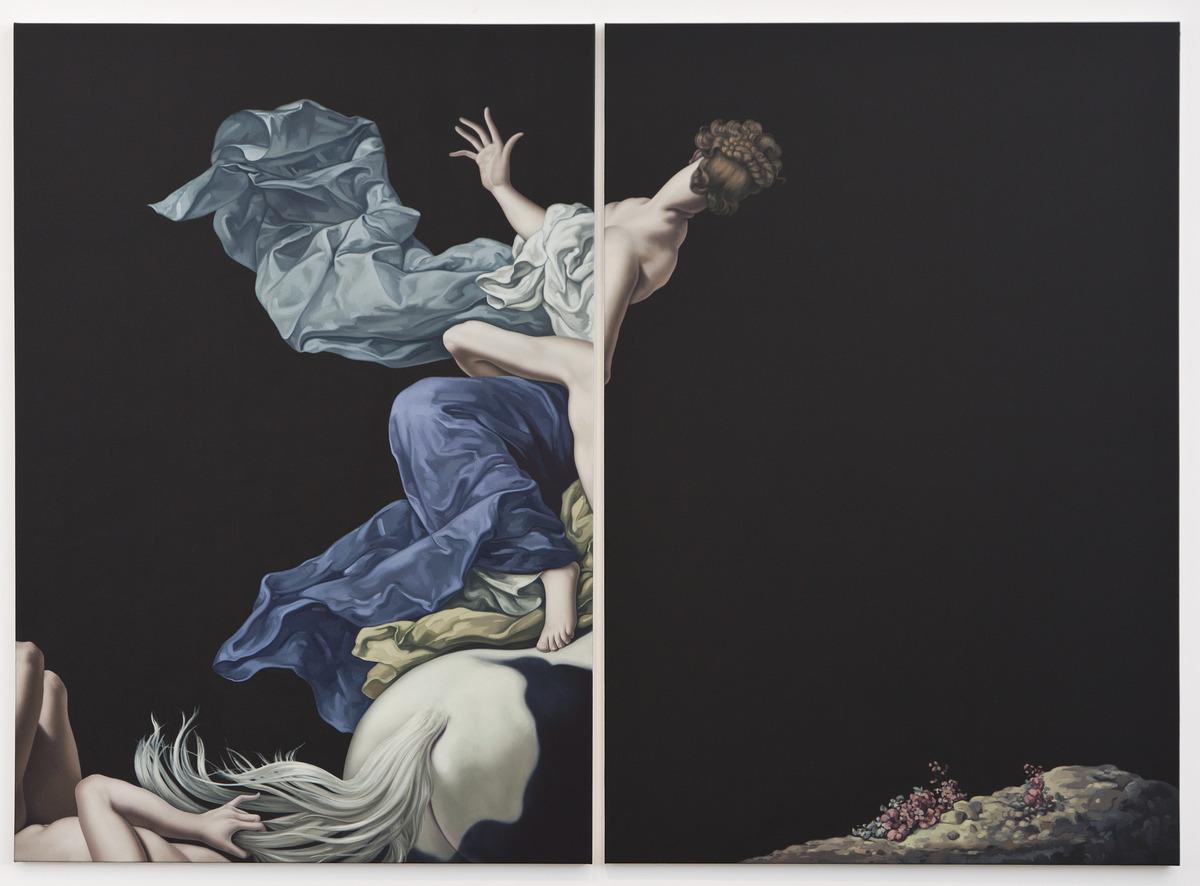
Jesse Mockrin. In mid-stream, 2017. Oil on linen, each panel: 188.0 x 129.5 cm. Private Collection Los Angeles. © Jesse Mockrin 2025. Image courtesy of the artist, Michael Kohn Gallery, Los Angeles, Night Gallery, Los Angeles, and James Cohan, New York. Photo: Karl Puchlik
While Mockrin references the work of Old Masters, her depictions of historical narratives are distinctly in her own style, incorporating cropping, fragmentation, and recombination. Her tableaus often play out across diptychs and triptychs, incorporating absence between the canvases.
“I like that the bodies merge across the gaps between panels, so you can imagine a new body being formed across the panel or that bodies are slipping into or emerging out of the gaps,” Mockrin said. “I think a lot of it comes from my background in photography and thinking about the frame of the camera as a way to create compositions.”
Another aspect marking Mockrin’s work as distinctly contemporary is her incorporation of negative space. Unlike the work of Old Masters, Mockrin's works are often devoid of background details, focusing the viewer’s eyes directly on the scene before them.
“Negative space works to erase the original context of these works, and the addition of black backgrounds helps the work feel more contemporary because historical works always include the whole setting,” she explained. “The use of the black erases that context and places all the emphasis on the figures – the action, motion of bodies and what's happening to them narratively.”
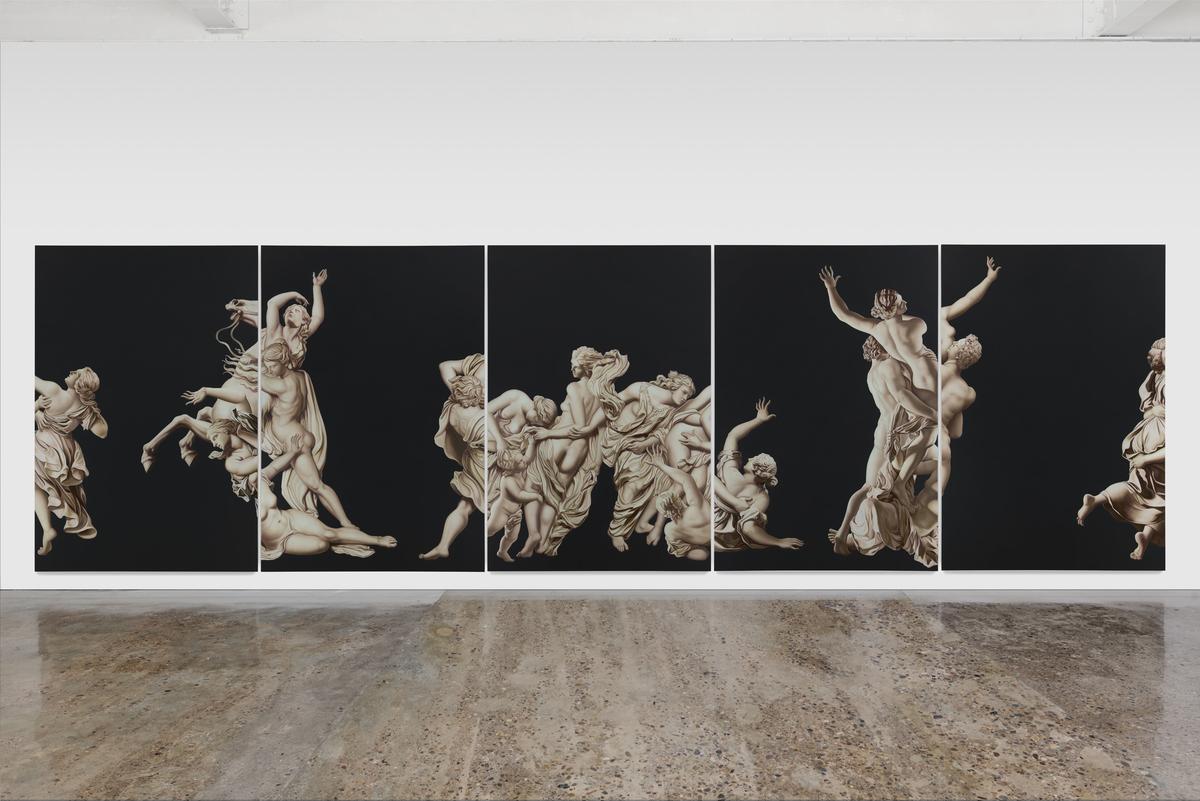
Jesse Mockrin. The Descent, 2024. Oil on linen, 228.6 x 787.4 cm. Collection of Sally Taylor and Ralph Tawil. © Jesse Mockrin 2025. Image courtesy of the artist, James Cohan, New York, and Night Gallery, Los Angeles. Photo: Phoebe d'Heurle
Laying bare historical tableaus emphasizes an overlooked and uncomfortable truth: gender-based violence is inextricably part of both these narratives and how they’re depicted in European art. In making this violence more visible, Mockrin aims to make invisible structures of power tangible for viewers.
“I think we don't talk about gender-based violence enough, considering how long a history it has and how much it touches people's lives today,” Mockrin said. “When you look at gender historically, you see how present it is in the narratives that shape Western culture. I hope to point out how fundamental gender is to our way of thinking and living – it’s almost invisible, and my work is trying to make it more visible.”
Emphasizing how gender continues to inform our image culture, Mockrin subtly incorporates contemporary inspiration from fashion ads, K-pop, period shows like Bridgerton, and the faces of modern-day people: both her loved ones and celebrities including Rihanna, Timothée Chalamet, and Tilda Swinton. For each work, Mockrin creates a photographic archive, collecting hundreds of photos of both contemporary references and depictions of narratives by different European artists.
“The effect is to really bridge the two time periods,” Mockrin explained. “Looking at my works, I think they feel both historical and contemporary, or maybe even futuristic in some way. I'm interested in the falseness of things, such as the re-enacting of the past in the present moment and the slippery boundaries between real historical documents versus reenactments versus my compositions.”
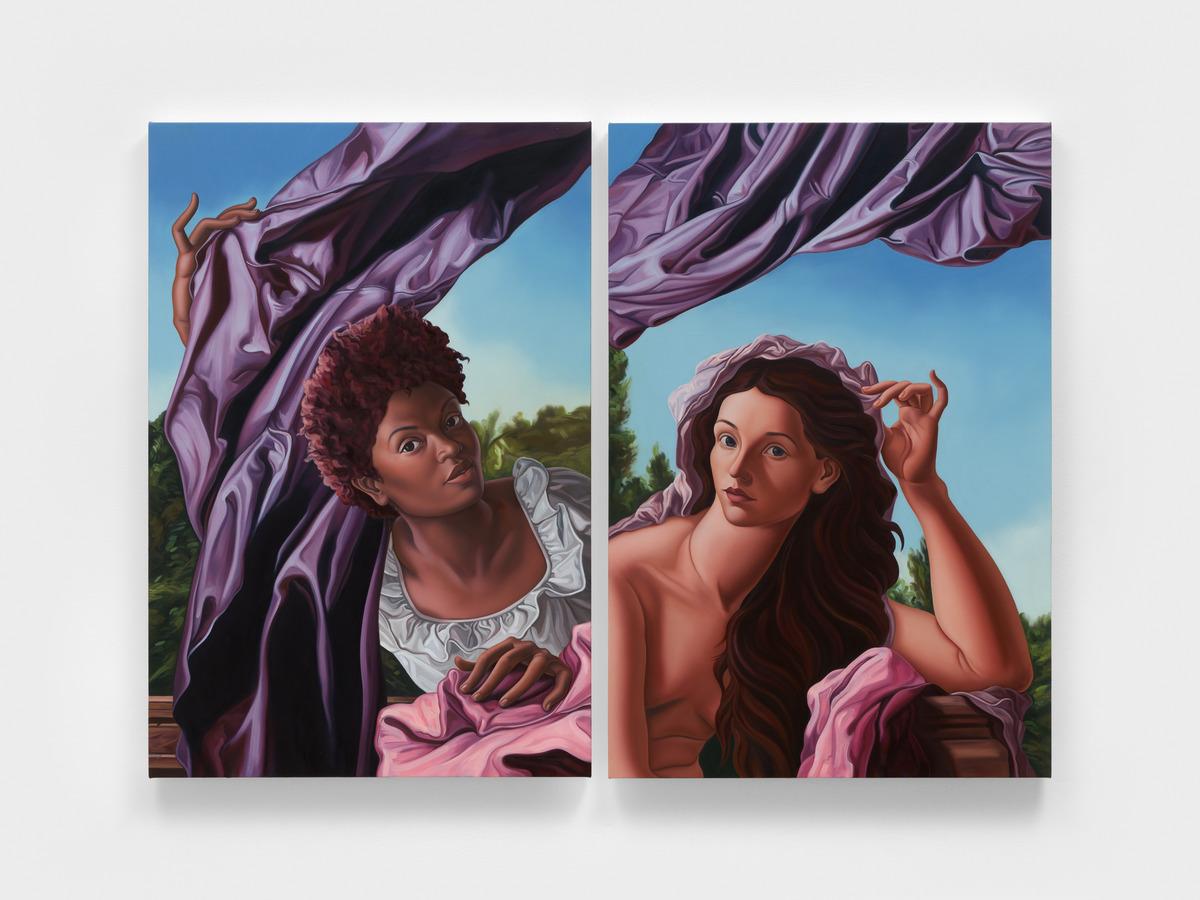
Jesse Mockrin. Witness, 2025. Oil on cotton, each panel: 94.0 x 63.5 cm. Courtesy of James Cohan, New York. © Jesse Mockrin 2025. Image courtesy of the artist, James Cohan, New York, and Night Gallery, Los Angeles. Photo: Dan Bradica
For this exhibition, Mockrin has stepped outside the Old Master wheelhouse to appropriate from a relatively contemporary source. Depicted across twenty 4 x 5-inch canvases, Bitter Seeds (2024) references the AGO’s Collection by putting Hendrick Ter Brugghen’s depiction of Saint Mary Magdalene in Melancholy (around 1627) and Georges de La Tour’s Saint Anne with the Infant Jesus (around 1645 – 1650) in conversation with 20th-century film stills of the Magdalene laundries in Ireland, where unmarried pregnant women were imprisoned during the 18th to late 20th century.
“I was interested in looking at a throughline from how these paintings categorized Mary Magdalene as a sinner repenting for her life of sex work – which was an inaccurate historical depiction anyway – to how that made a culture where women who had sex outside of marriage were sinners hundreds of years later,” Mockrin explained. “They called these women [in Ireland] the Magdalens, and so to me, this painting establishes this connection between historical associations and harm caused to real-life people in the 20th century.”
The title of the exhibition, Echo, is a dual reference. It pays homage to Mockrin’s painting depicting the Roman nymph Echo, who is cursed to only repeat the last words of others. It also encapsulates the crux of Mockrin’s artistic practice.
“I see my work as an echo of the past, breathing new life into historical images through my painting process,” Mockrin said. “Echo is also a reference to the way these stories reverberate through our history. I'm interested in the repetition of images and iconographies over hundreds of years, so Echo felt like an appropriate title.”
See works from the AGO’s European Collection re-imagined by visiting Jesse Mockrin: Echo, now on view on Level 1 of the AGO in the Philp B. Lind Gallery (galleries 131 and 132). Echo is curated by Adam Harris Levine, the AGO’s Associate Curator of European Art.
On September 13, the AGO will host a public opening and book launch for the exhibition catalogue, which will feature a book signing and a conversation between Jesse Mockrin and Adam Harris Levine. The catalogue will be available for purchase at the event, or through AGO Shop online or in person. Book a free ticket for the event here.
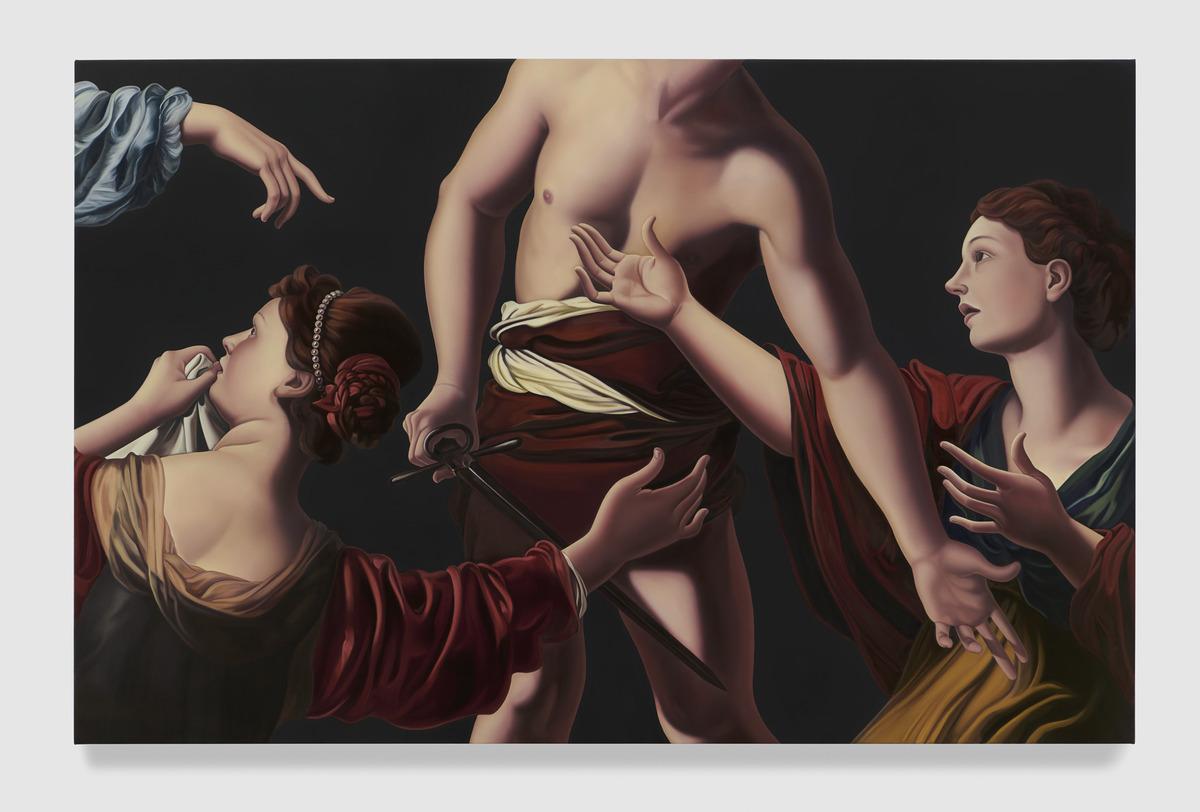
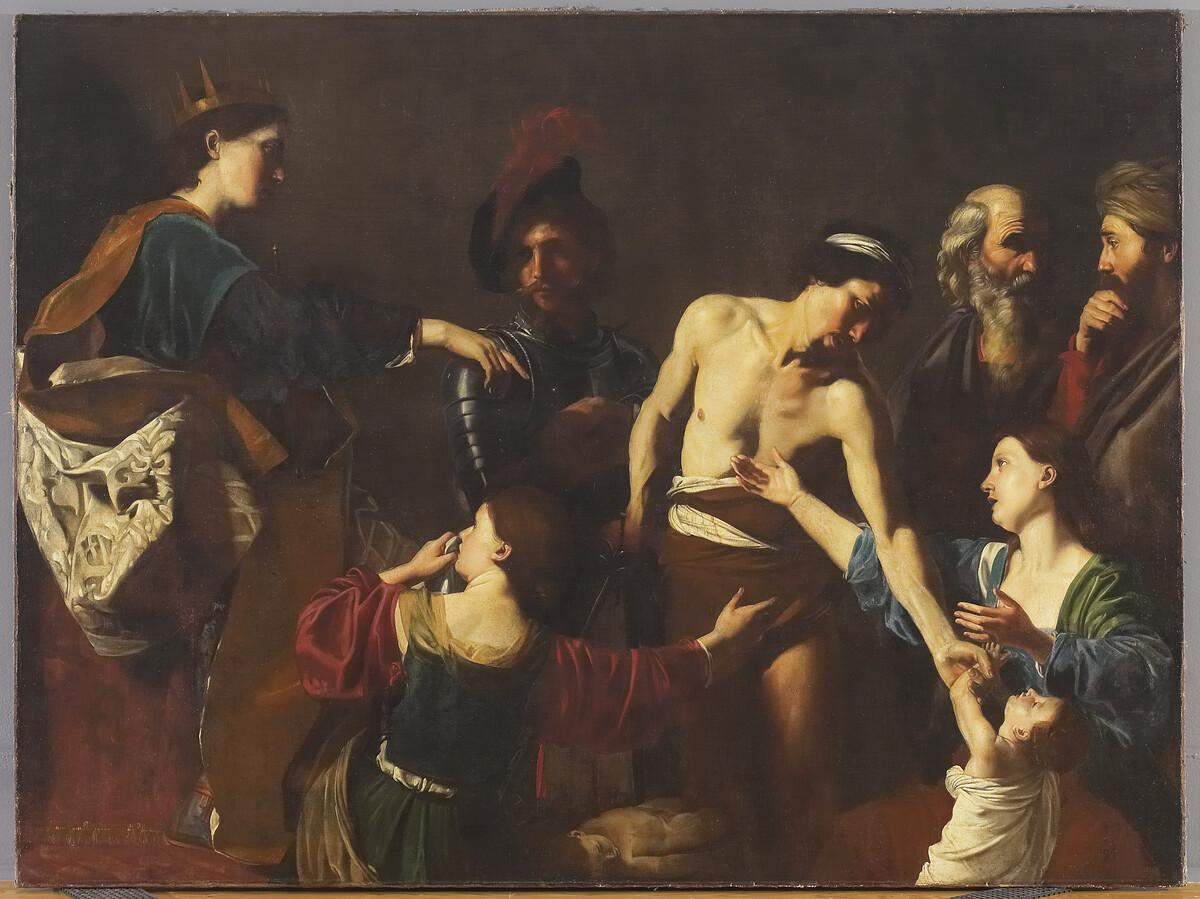
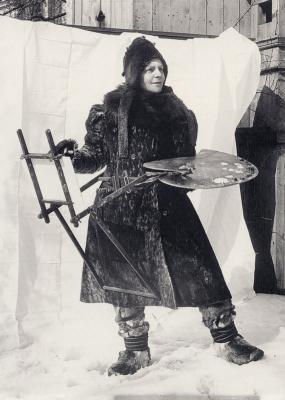
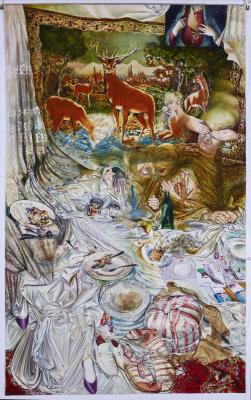

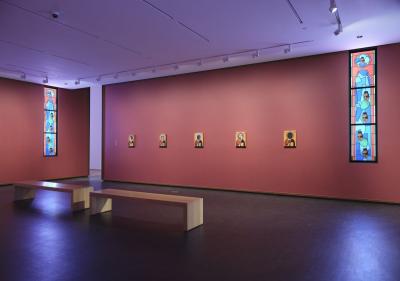
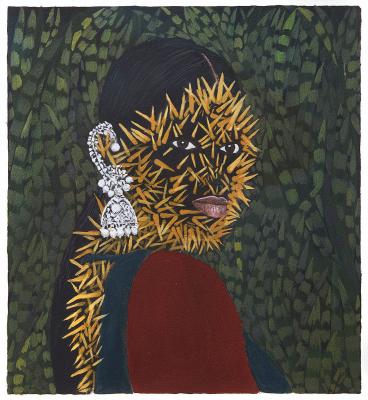

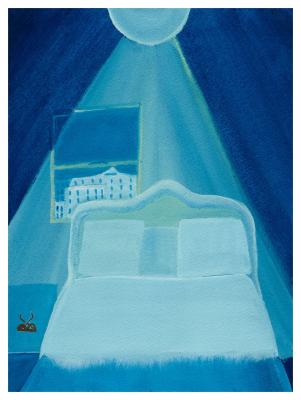
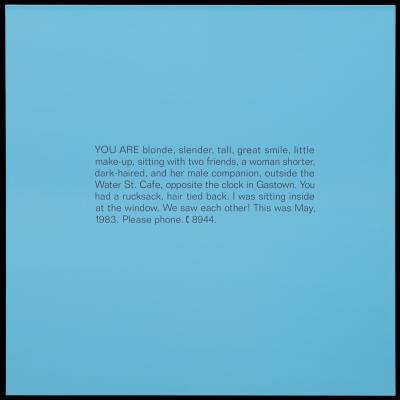
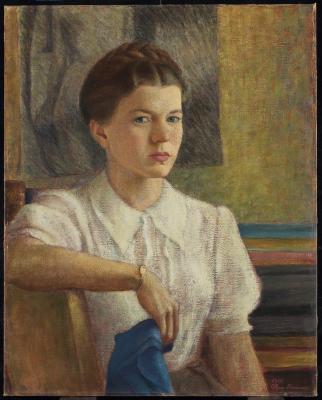
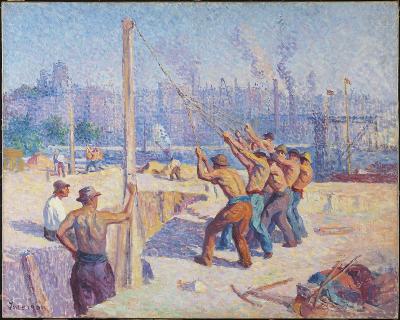

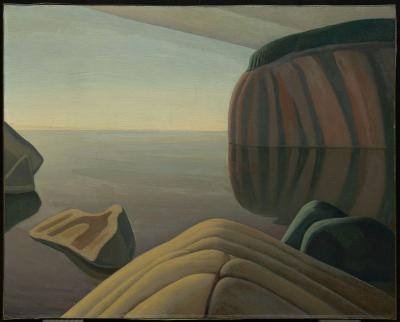

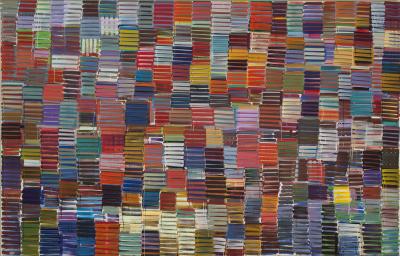
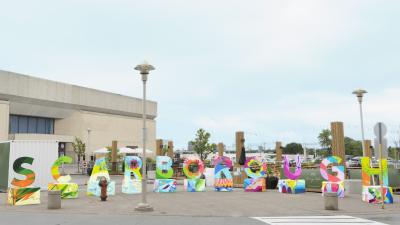
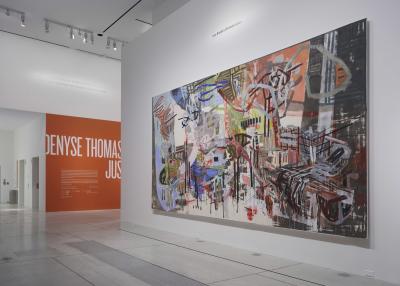
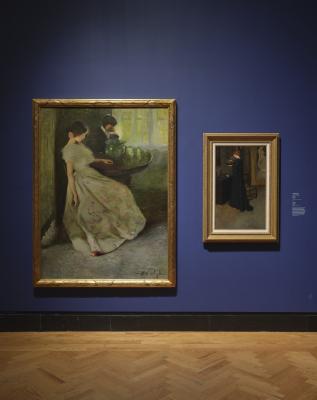
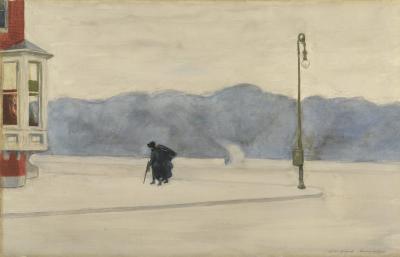
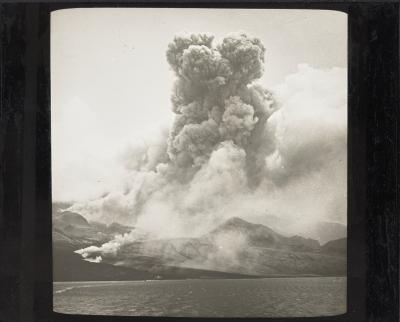
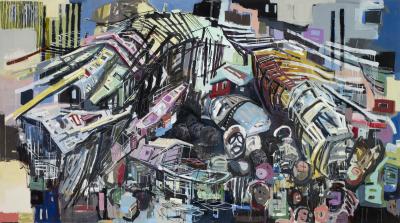
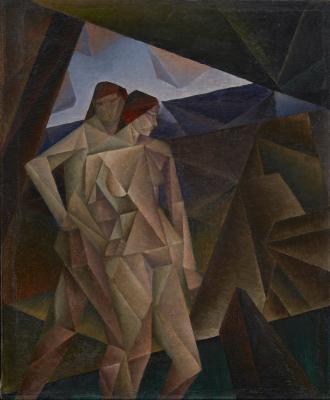
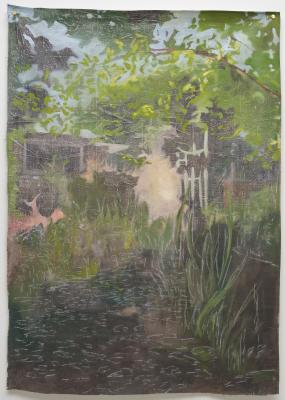
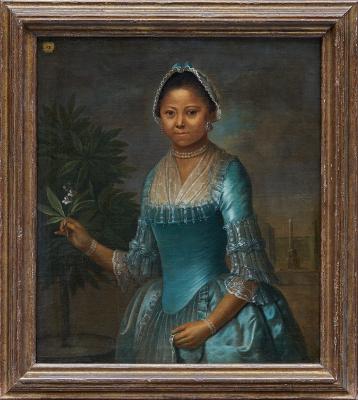
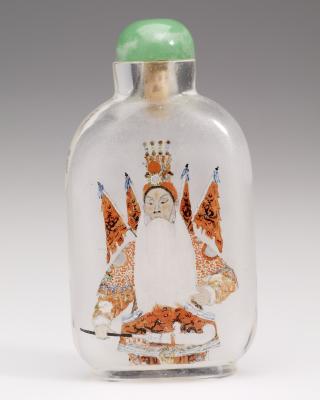
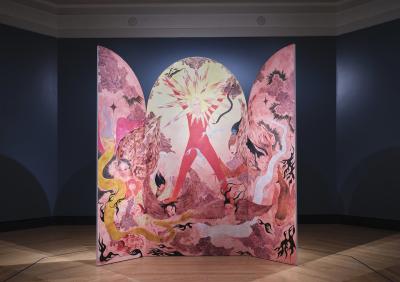
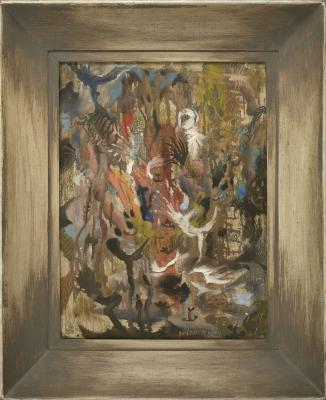
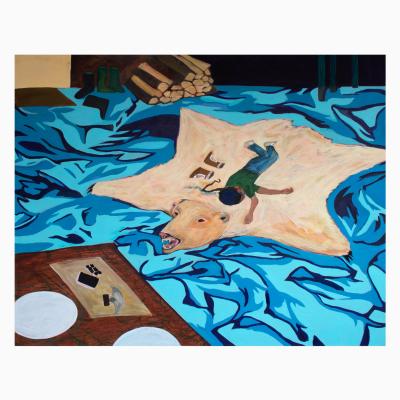
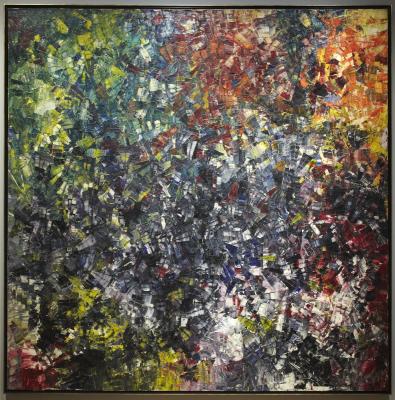
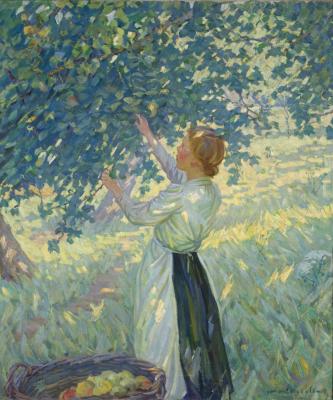
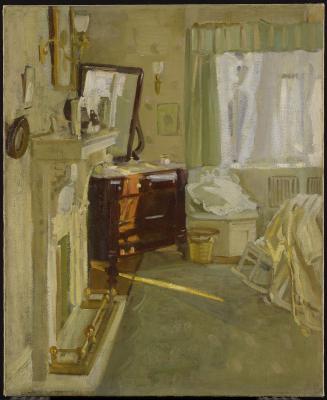
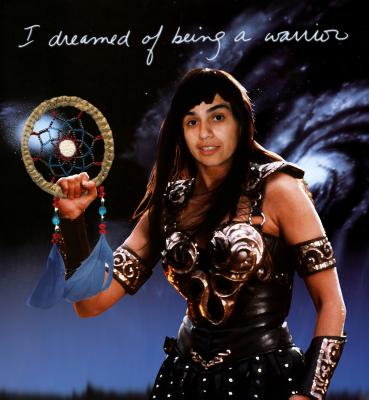

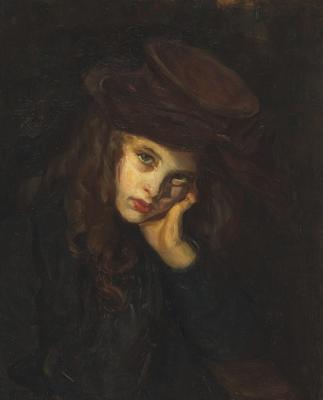
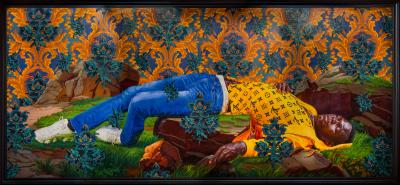
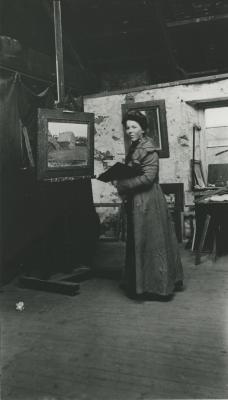
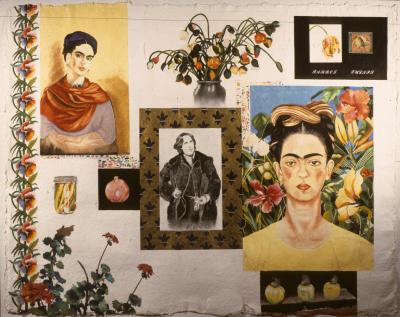

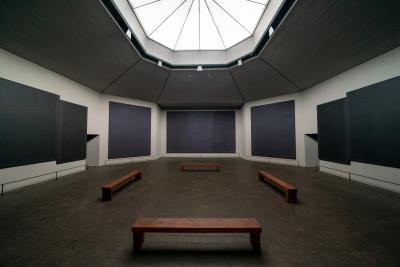
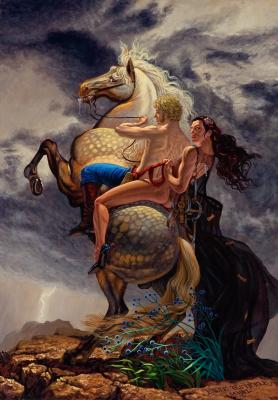
![Keith Haring in a Top Hat [Self-Portrait], (1989)](/sites/default/files/styles/image_small/public/2023-11/KHA-1626_representation_19435_original-Web%20and%20Standard%20PowerPoint.jpg?itok=MJgd2FZP)
